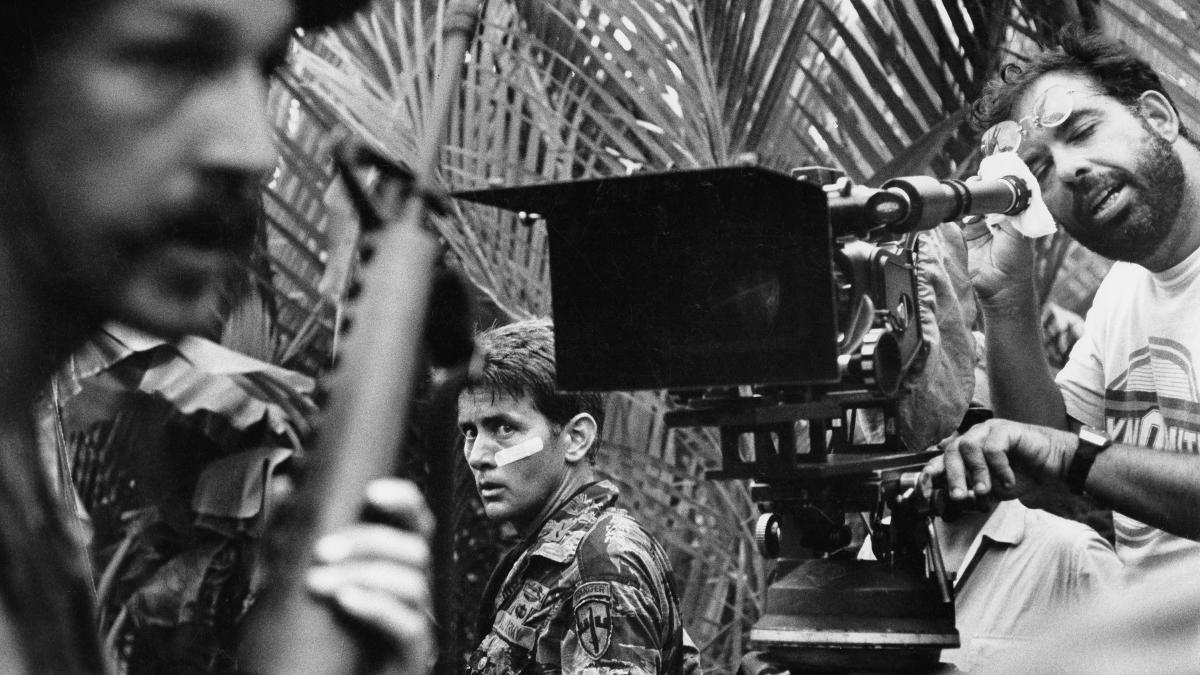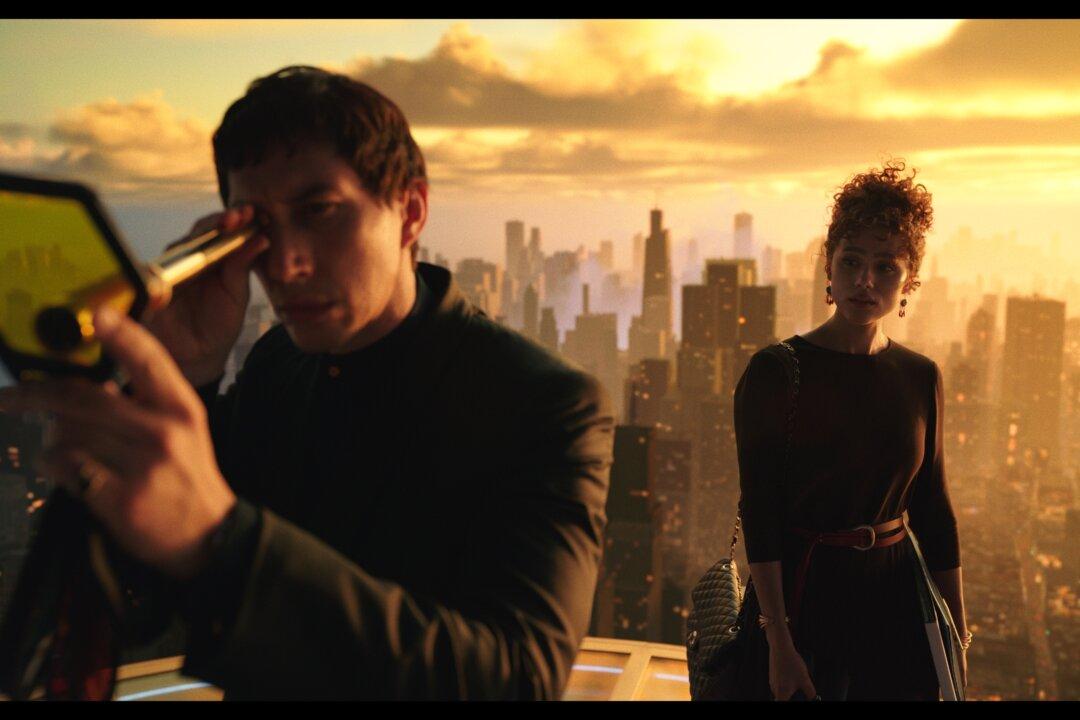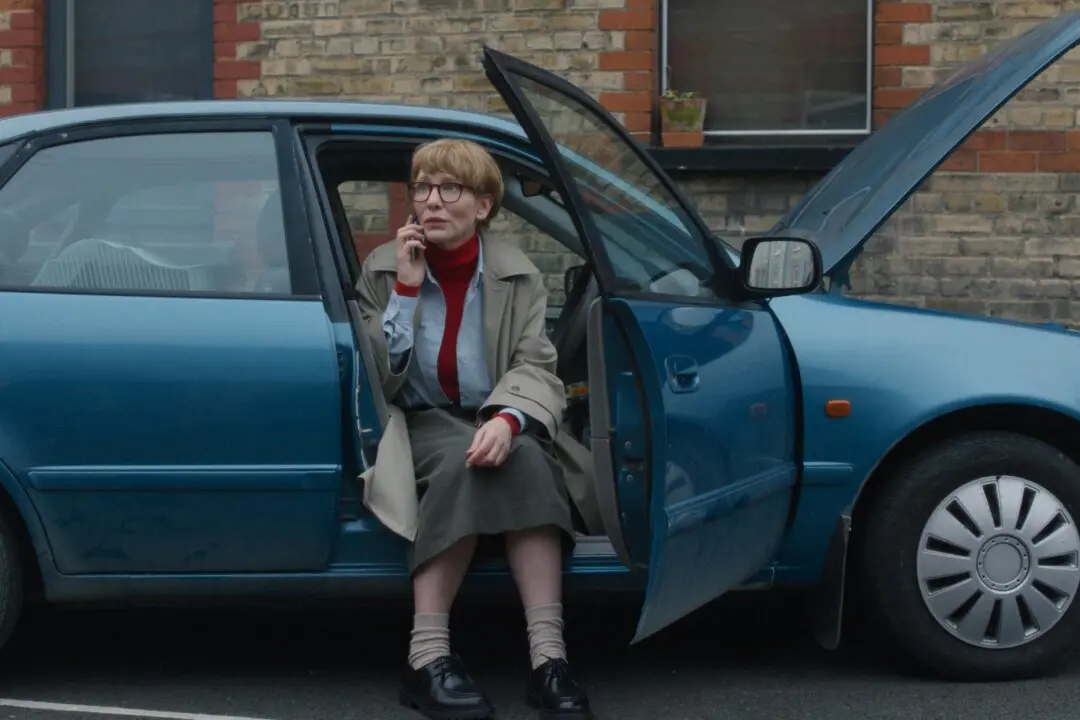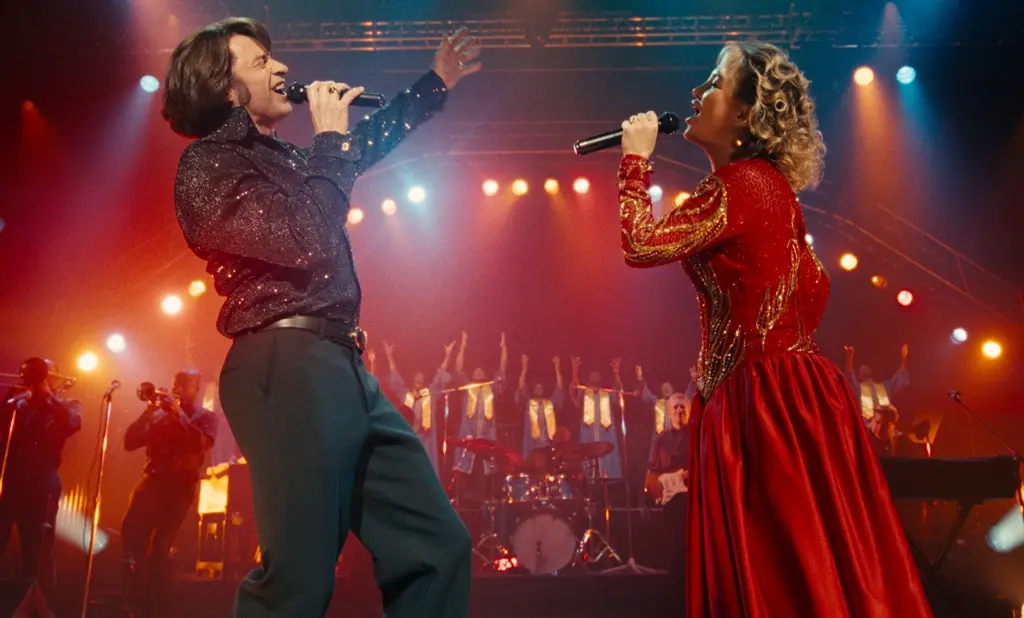By the end of 1979, filmmaker Francis Ford Coppola was at the top of his game and one of the most powerful people in Hollywood. A proud Detroit eccentric by way of San Francisco, Mr. Coppola had won five Academy Awards over a 10-year span for five films, including three for “The Godfather Part II.” His beleaguered production “Apocalypse Now” also received rave reviews from critics and audiences alike.

Director Francis Ford Coppola (R) on the set of "Apocalypse Now." Omni Zoetrope






